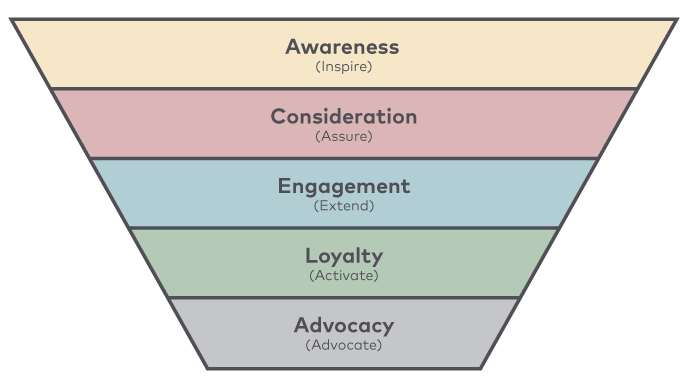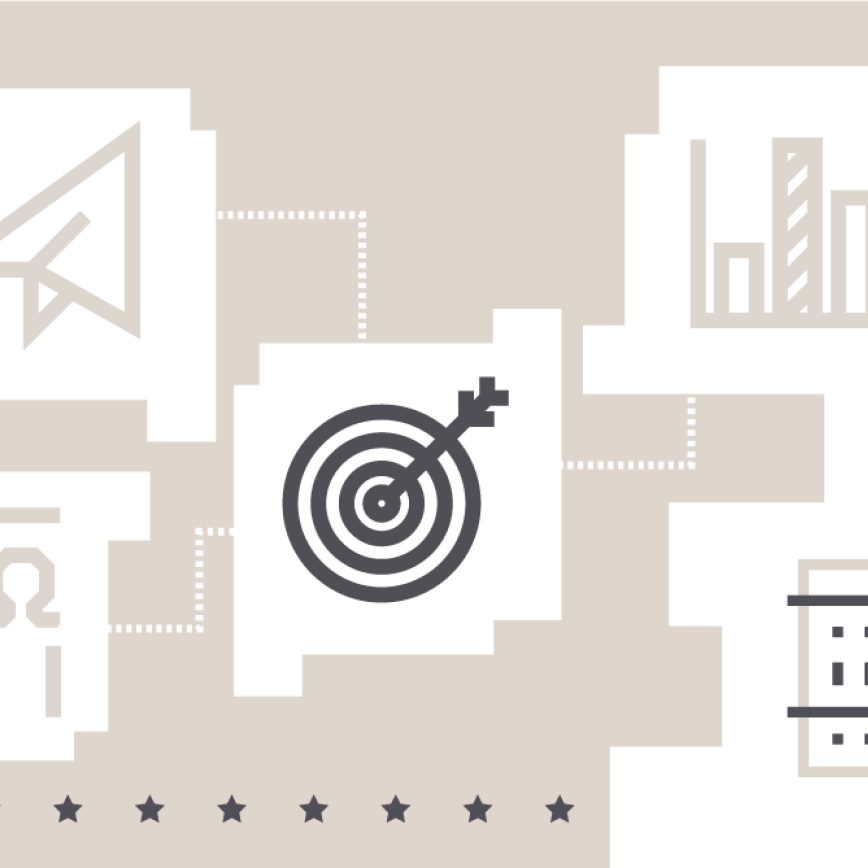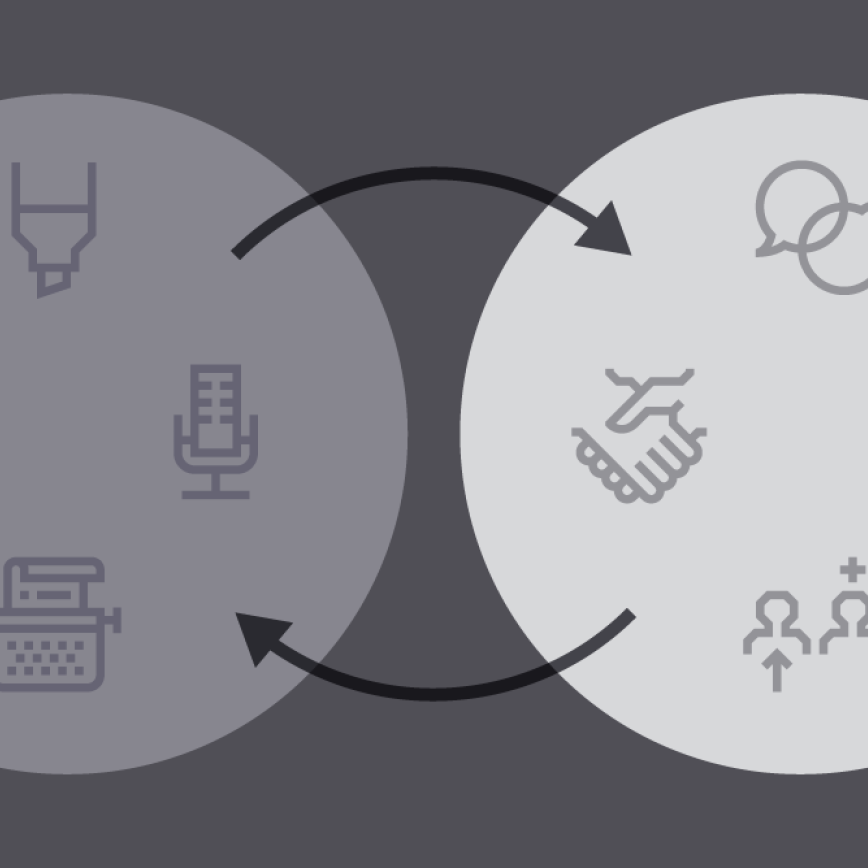Election Cycle Series Part 1: Utilize Election Years for Long-term Advocacy
Think of D.C. in an election year and what comes to mind? Maybe conversations about the daily chaos in the headlines. Maybe some “must pass legislation” that needs to be voted on before the end of the year. Maybe even a joke about jet fumes from people fleeing the city to hit the campaign trail. For public affairs practitioners, an election year should bring to mind your organization’s advocacy strategy.
While it’s true that election years result in more time spent in states and districts and on the campaign trail, that doesn’t mean the work of public affairs professionals is put on pause. In fact, now is the time to engage, not pause, efforts and lay the groundwork for future advocacy.
In an election year, a time of heightened attention to issues in the news, an instinct for public affairs professionals may be to lay low, stay above the fray and keep the target off the industry’s back. However, this approach doesn’t build for long-term efforts and misses critical moments in time that matter to future success.
Policy priorities matter just as much during an election year as they do any other time. No matter the election outcome, now is a critical time to do the advance work to hit the ground running for the first 100 days of a new Congress or Administration and beyond.
Engage your audience
One of the biggest missed opportunities we see is not having a strategy during an election year. Or worse, having your strategy be one that goes dark and waits for the election results to act.
You shouldn’t wait for a specific vote in Congress or regulatory comment period to begin advocacy efforts. In a 24/7 media world where attention spans are shrinking, your voice is in constant competition with others. If your audience is only hearing from you when you want them to take an action, it’s too late.

Think of your audience in context of the advocacy engagement funnel, interaction is important no matter the stage. To reach persuadable or new audiences, or even get the most ardent supporters to act, engagement is a must.
A proactive, consistent strategy can ensure a steady drumbeat of engagement based on goals and key moments in time. An “always on” approach to editorial planning that includes identifying key moments and mapping messages to each, along with real-time monitoring and activation, can support meaningful engagement.
Hone your message
It’s not enough to consistently engage with your audience. To successfully communicate with them, it’s critical to identify what your organization can credibly say and what your audiences need to hear to be receptive.
Put yourself in your audiences’ shoes to craft authentic and meaningful messages. Ask questions like: “What do they want to hear?” “What do they need to hear?” “Why is it important?” or “Why now?” to help development. Support each key message with audience-specific, detailed and fact-based proof points that support credibility and back up anecdotes or emotional statements.
Messages to audiences at the top of the engagement funnel will inspire and motivate these individuals to learn more about their role in standing up for the industry or educate them on the issue, while lower-funnel messages can spur conversations and, when needed, garner advocacy actions.
Revisit messaging playbooks to ensure proof points and stories are still relevant and most impactful. Test messages using focus groups, surveys or A/B testing on platforms to refine efforts or target certain audience segments. Message refinement will establish a solid foundation for future efforts – during an election year and when policymakers return to D.C.
The Adfero POV
Don’t go radio silent on your audience. Advocacy is more than an immediate call to action and it’s the job of a good public affairs professional to build a long-term strategy to engage your advocates consistently and meaningfully.
Stay tuned for Election Cycle Series Part 2, where we'll dive into best practices for reaching and engaging audiences across platforms.


